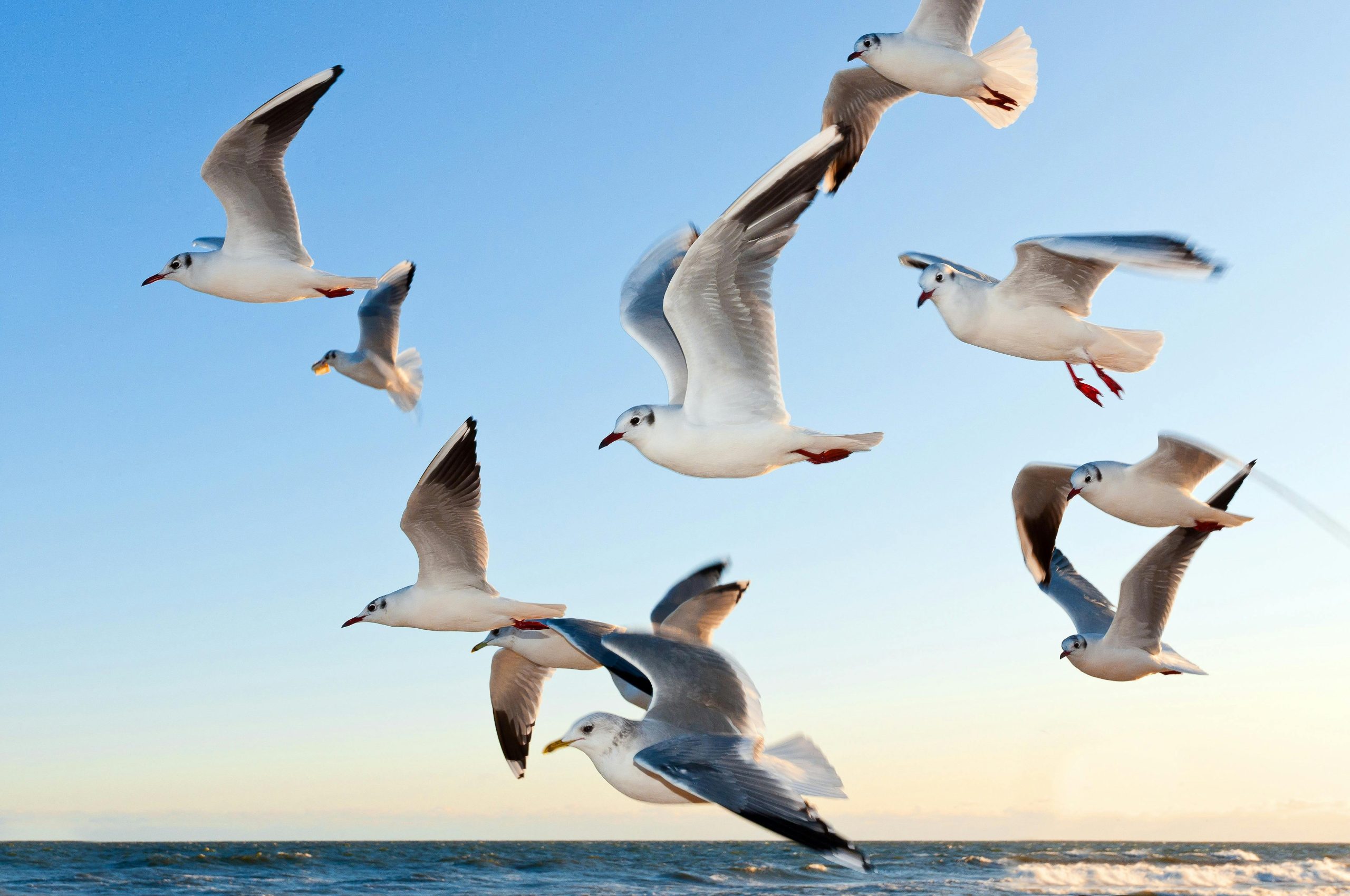
Birds have always captivated human imagination with their vibrant colors, melodious songs, and incredible ability to fly. These feathered creatures are more than just a pretty sight; they play vital roles in our ecosystems, inspire art and culture, and showcase a remarkable array of adaptations. Join us as we explore the enchanting world of birds and uncover some fascinating facts about our avian friends.
A Rainbow of Feathers
One of the most striking features of birds is their plumage. Birds boast a kaleidoscope of colors, from the brilliant blues of the peacock to the fiery reds of the cardinal. These colors are not just for show; they serve various purposes. Bright plumage can attract mates, while more subdued hues help birds blend into their surroundings to avoid predators.
The secret behind these vibrant feathers lies in pigments and structural colors. Pigments like melanin produce blacks and browns, while carotenoids create reds, oranges, and yellows. Structural colors, on the other hand, result from the microscopic structure of the feathers, refracting and scattering light to produce iridescent blues and greens.
Masters of the Sky
Birds’ ability to fly is perhaps their most defining characteristic. This remarkable adaptation involves a combination of lightweight bones, powerful muscles, and specialized respiratory systems. The shape and structure of a bird’s wings are perfectly adapted to its lifestyle, whether it’s the long, slender wings of an albatross designed for gliding over oceans or the short, rounded wings of a sparrow for agile maneuvering through forests.
Flight allows birds to migrate over long distances, find food, escape predators, and explore new habitats. Some species, like the Arctic Tern, undertake incredible migrations, traveling from the Arctic to the Antarctic and back each year, covering tens of thousands of miles.
Voices of Nature
Birdsong is another enchanting aspect of bird life. Each species has its own unique song, used to communicate with others, establish territory, and attract mates. The complexity and variety of these songs are astounding. The nightingale, for instance, is famous for its rich and varied repertoire, while the lyrebird can mimic almost any sound it hears, from other bird calls to chainsaws and camera shutters.
Birds produce these songs using a specialized vocal organ called the syrinx, located at the base of their trachea. The syrinx’s unique structure allows birds to produce two different sounds simultaneously, creating the harmonized melodies we hear.
Guardians of the Ecosystem
Birds play crucial roles in maintaining the health of ecosystems. They act as pollinators, seed dispersers, and pest controllers. Hummingbirds, with their long beaks and tongues, are essential pollinators for many flowering plants. Fruit-eating birds spread seeds far and wide, facilitating forest regeneration. Birds of prey, like hawks and owls, help control rodent populations, keeping ecosystems in balance.
Additionally, birds are indicators of environmental health. Changes in bird populations can signal shifts in ecosystems due to factors like climate change, habitat destruction, and pollution. Protecting bird habitats is, therefore, essential for preserving biodiversity and ecological integrity.
A Source of Inspiration
Birds have inspired human culture and creativity for centuries. They appear in myths, literature, art, and music across different cultures. The ancient Egyptians revered the ibis, the Greeks celebrated the owl as a symbol of wisdom, and the dove has become a universal emblem of peace.
Birdwatching, or birding, has also become a popular pastime. It allows people to connect with nature, enjoy the outdoors, and contribute to conservation efforts through citizen science. The joy of spotting a rare bird or hearing its song can be a profound and uplifting experience.
Conclusion
Birds are more than just creatures of the sky; they are integral to our world and our lives. Their beauty, songs, and ecological roles remind us of the incredible diversity and complexity of life on Earth. By appreciating and protecting birds, we ensure that future generations can continue to marvel at their wonders and draw inspiration from their flight.
So next time you step outside, take a moment to listen to the birdsong and watch the skies. You might just discover a whole new world of wonder right above you.


Leave a Reply